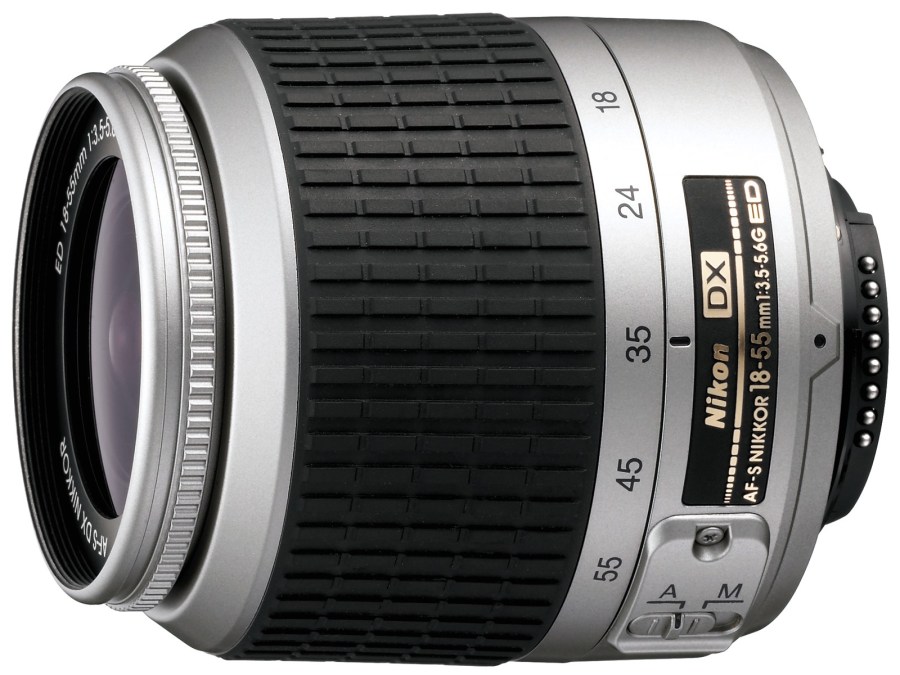Hot on the heels of the D50 and D70s SLRs unveiled last week comes a
pair of new DX-format zoom lenses from Nikon ? an 18-55mm and 55-200mm.
Priced a penny under £200, both lenses are due out in black or silver and are expected to hit the UK high street in June. They are not designed to be compatible with 35mm film format cameras.
The AF-S DX Zoom Nikkor 55-200mm f/4?5.6G ED delivers the 35mm viewing angle equivalent of an 82.5-300mm lens when used on the recently announced D50 SLR, for example (using a 1.5x conversion factor).
Features on the 255g newcomer include two ED glass elements designed to help minimise chromatic aberration. Meanwhile, the AF-S DX Zoom-Nikkor 18-55mm
f/3.5-5.6G ED optic is billed as an ?ultra-compact lightweight standard zoom lens?. It weighs in at 210g and delivers the 35mm viewing angle equivalent of a 27-82.5mm lens.
The lens features an ED glass element and hybrid aspherical lens to help minimise chromatic aberration and other forms of distortion.Both lenses include Nikon?s newly developed compact Silent Wave Motor designed for quiet focusing. Optional accessories will include screw-in filters.
As reported last week, Nikon is poised to launch two new 6.1-million-pixel DX format digital SLRs ? the D50 and D70s.
Due out in June, the £549.99 D50 is billed by Nikon as an entry-level model carrying a new CCD imaging sensor, while the D70s ? which is in shops now at a penny under £700 (body only) ? is a revamped version of the company?s current D70 model.
We now know that the D50 will also be available with the newly announced 18-55mm lens in a kit costing £649.99. The D70s will be available with an 18-70mm f/3.5-4.5G AF-S DX optic in a kit costing £899.99.
For details call Nikon on 020 8541 4440.
– A free firmware upgrade for existing D70 users will be available from May at https://nikonimaging.com/global/support/download/. According to Nikon, the firmware includes ?improved performance? of the five-area AF system?s Dynamic Area AF and Closest Subject Priority Dynamic Area AF modes. In particular, this is understood to improve focus tracking on moving subjects.







